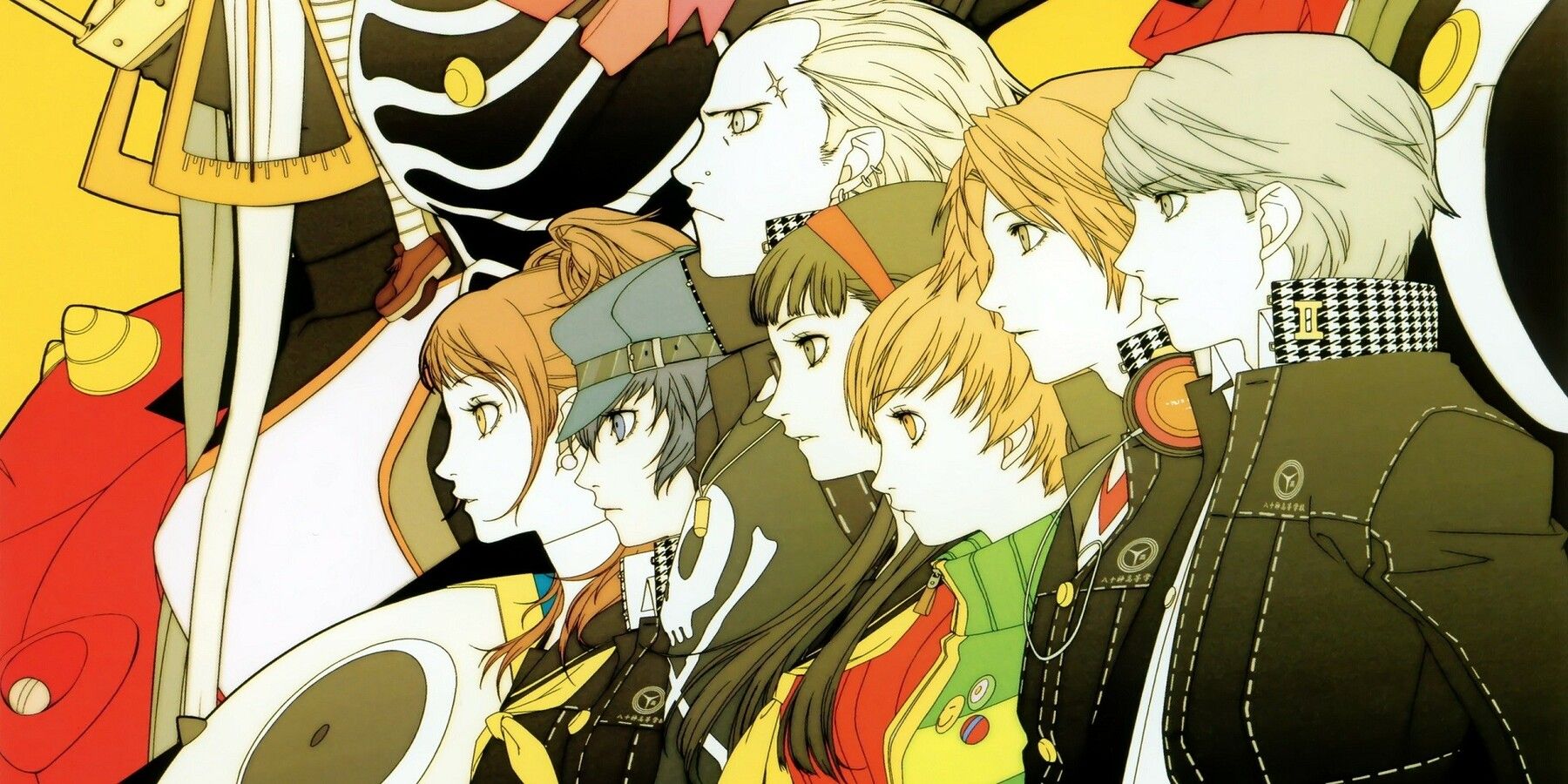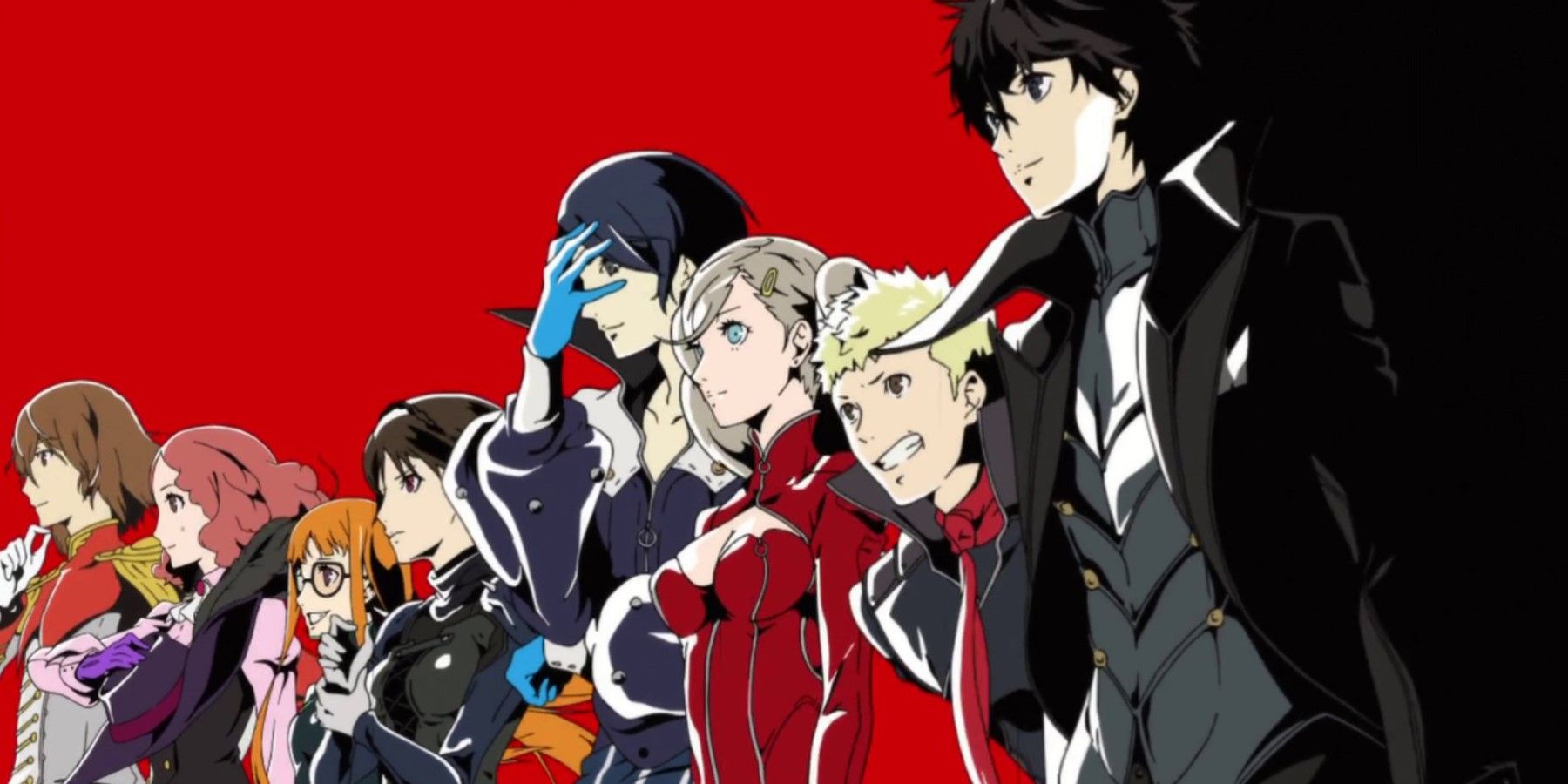Since the early days of this Shin Megami Tensei spin-off series, the Persona games have set themselves apart with their incredibly stylish presentation and unique aesthetic influences. Persona 3 was inspired by French New Wave Cinema, Persona 4 by murder mystery novels and psychedelia, and Persona 5 by gentlemen thieves and street culture. The stylistic cohesion of Persona games and their commitment to developing a distinct identity for each game has rightly won them praise from critics and fans. One of the key ways Persona games accomplish this is by paying specific attention to an aspect of video game design that tends not to take center stage: music design. The incredible talents of composers internationally have ensured that video games are filled to the brim with incredibly thoughtful and powerful music, but few developers take such pains to make music a fundamental piece of their game's identity. With the jump from Persona 4 Golden in 2012 to Persona 5 Royal in 2019, Shoji Meguro's diversity as a composer deserves deeper analysis.
Comparing these soundtracks, however, is not as simple as it would be with other game franchises. These soundtracks were not made as standalone experiences, but are additions to pre-existing games, whose music also needs to be considered. Persona 4 and Persona 5 each released with complete soundtracks. When Persona 4 Golden and Persona 5 Royal released, their accompanying albums only contained new music, creating a clear line between them. For Persona 4 Golden in particular, Meguro actually diverged from Persona 4's original musical style and emphasized J-Pop songwriting and brass instruments far more heavily. In contrast, Persona 5 and Royal's music are extremely similar, with Royal feeling much more like a pure expansion of Persona 5 than Persona 4 Golden does to its predecessor. This makes sense, given that Persona 4 Golden's additional content was about bringing more fun, interpersonal stories to the original game, whereas Persona 5 Royal tells a new story that feels very similar in tone to Persona 5.
The Musical Influences Of Persona 5 Royal and Persona 4 Golden
When analyzing video game music, it is critical to identify how the music contributes to the storytelling and player experience. Persona 4 Golden uses the genres of Shibuya-Kei, J-Rock, and J-Pop to reflect its bright and playful color scheme and reinforce the game's core theme that people suppress the darker parts of themselves that they fear society will shun, leaving only a happy, false mask behind.
The chipper and upbeat music reflects both the sanitized version of ourselves that people use to conceal their faults, but also the empowerment that comes from reconciling these conflicting aspects and living authentically. By using musical genres that evoke a sense of mass market appeal and a nostalgia for simpler times (much like the old school TV's the game uses as a motif), Persona 4 Golden creates an inspiring musical world for players to inhabit, giving them the hope they will sorely need to navigate the twists and turns of its murder mystery plot.
Persona 5 Royal, on the other hand, is a story of rebellion, counter-culture, and finding one's place within a society that seems more interested in easy answers than the truth. The game's direct inspirations from classic French anti-hero thief Arsène Lupin and street culture resulted in music that is heavily inspired by Acid Jazz and the dramatic string sections characteristic of action film scores. When drawing from Acid Jazz and street culture in particular, Meguro is capturing the music of societal struggle. Acid Jazz emerged as a genre from youth in urban centers seeking new ways of expressing themselves. This particular emphasis on more 'underground' musical styles reinforces the characters' own secret fight against society that they are forced to keep hidden for fear of retribution.
There is no better way to compare the fundamental differences between Persona soundtracks than by listening to how each of them executes their opening theme. This is the first piece of music every player will hear when they open up the game, and it is most likely the song they heard in trailers prior to purchasing the game. By all accounts, the opening theme is each game's way of selling you on their world and giving you a glimpse into the rest of the experience.
"Shadow World" starts with a bright and bluesy harmonica intro before transitioning into a bouncy, driving power ballad with a lilting melody sung by the eminent Shihoko Hirata. The song actually does draws on certain elements of funk music similar to Persona 5, specifically its use an organ and the very active bass line. This is where the similarities end though. The song has a much deeper connection to J-Pop and Shibuya-Kei artists such as Flipper's Guitar, Pizzicato Five, and ROUND TABLE featuring Nino.
Shoji Meguro's music, much like a lot of Japanese pop music, draws on a variety of different sources and through combining those influences, creates something entirely new and original. With that in mind, the song's bluesy and funkier elements serve as just one small piece of a much broader set of musical influences. With Persona 4 Golden in particular, the darker Rap-Rock inspirations of Persona 3 which influenced Persona 4's original opening "Pursuing My True Self" has been nearly completely replaced with a bright mixture of horns and gospel-style organ performing classic J-Pop-style songwriting.
"Colors Flying High," on the other hand, gives listeners a sense of a conflict, action, and melodrama in a fashion so grandiose that it borders on operatic. The song is also a power ballad, but instead of a lilting melody and playful folksiness, we are given a driving rock drum beat that underscores sweeping strings, distorted funk guitar, and electronic piano that is a trademark of Funk and Jazz. The song has a much darker instrumentation with aggressive synthesizers and percussive elements littered throughout the backdrop to reinforce the rebellious musical world of Persona 5 Royal. "Colors Flying High" is similarly optimistic in tone, but that optimism is in service of inspiring players to prepare for the fight against society that the characters are about to undertake. The music evokes the clichés of classic thief stories while retaining a firmly modern sensibility to remind us that we are bringing the devious antics of an old-school TV criminal into the present day with modern problems to solve.
Each of these songs serves to highlight the different creative priorities of their respective games. Persona 5 Royal's opening wants players to feel invigorated and powerful, prepared to take on the entire world if they must. Persona 4 Golden's opening is far more interested in showcasing the fun and playful relationships the player will find in its color cast of characters, even as they live under threat by a dangerous serial killer. Across the entirety of both soundtracks, the feelings evoked by these opening themes hold true throughout. The optimism in both openings serves the necessary purpose of preparing players to survive in a hostile world. The music's ability to clearly showcase what the values of each Persona game's characters and how they choose to overcome adversity is exactly what makes these two soundtracks so brilliant and distinct. With the Persona games continuing to hit major sales milestones even now, a potential Persona 6 would almost certainly bring even more amazing music for fans to enjoy.


